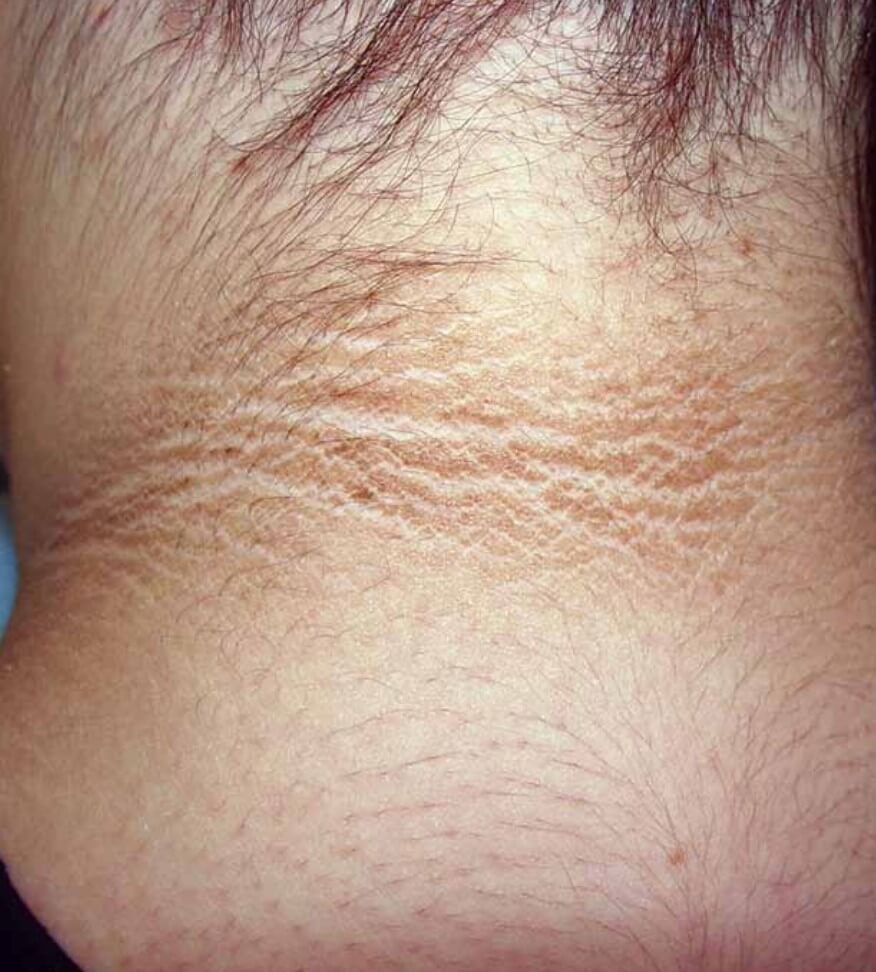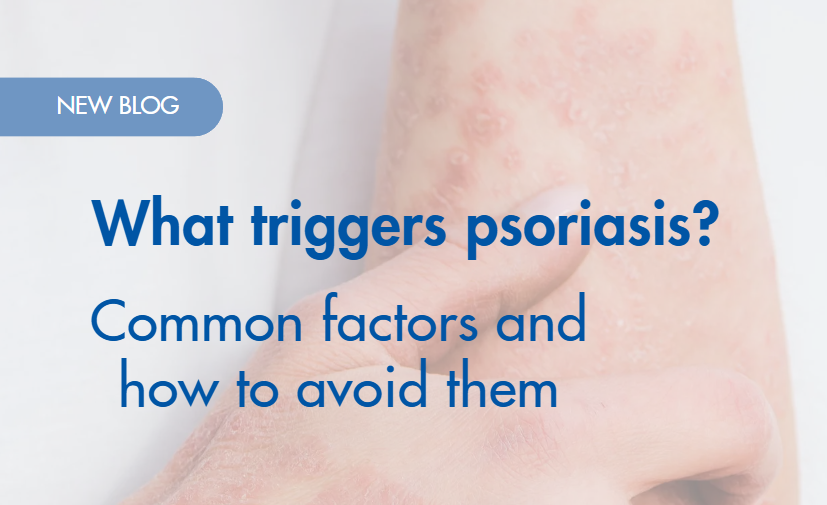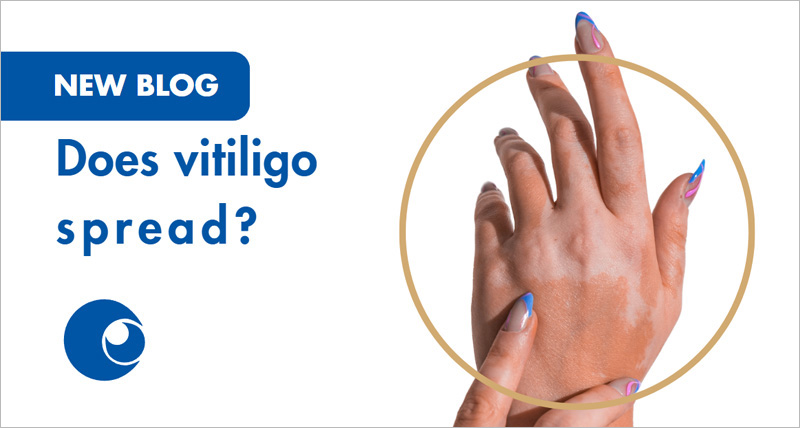Disorders of pigmentation are a common presentation in dermatology and general practice. The aesthetic appearance of either hyperpigmentation or hypopigmentation, especially in the visible parts of the skin, can have major psychosocial implications. Although it is more of a cosmetic problem, a disorder of pigmentation can occasionally be associated with an underlying systemic disorder. It is therefore important to recognise the causes of pigmentary disorders to achieve the best treatment outcome.
This article discusses pigmentary disorders in general including the underlying pathological mechanisms and management. It then looks at individual hyperpigmentary and hypopigmentary conditions in more detail.
The single most important substance determining human skin colour is the pigment melanin. Other compounds that may contribute to the skin colour include carotenoids and haemoglobin.
Melanin is produced by melanocytes during melanogenesis. This occurs within melanosomes, which are small membrane-bound packages. When melanosomes become full of melanin, they move along the arms of melanocytes and are transferred to the keratinocytes. One melanocyte supplies melanin to about 36 keratinocytes. People have the same number of melanocytes but their skin colour is determined by the amount and types of melanin the melanocytes produce. Melanocytes are found in the skin or epidermis, hair follicles, eye, nervous system, leptomeninges and the inner ear. Melanocytes in the skin and other body sites have a common embryological origin from the neural crest. They migrate from here into these different body sites.
The production of melanin is mainly regulated by the enzyme tyrosinase. Melanocytes produce two types of melanin that give the skin its colour. The most common form of melanin is eumelanin, which gives a brown-black colour and is more abundant in people with dark skin. Pheomelanin gives a red-yellow colour to the skin. Both the amount and type of melanin produced is controlled by several genes, such as the genes for the MSH cell surface receptor and the melanosomal P-protein. These genes can regulate the variability of the skin colour in humans by mainly regulating the level and activities of enzymes involved in the melanin biosynthesis, mostly the enzyme tyrosinase.
Click here to read more in the article published on 12 Aug 2016 by Dr Deepani Rathnayake and Professor Rodney Sinclair.







